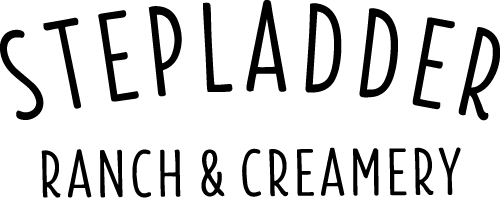Making Cheddar cheese, especially an aged, clothbound variation, is time-intensive and requires a lot of manual labor. Is it worth it? In our opinion, yes. Absolutely.

We don't make a Cheddar cheese often. But, when we do, we are always impressed with the flavors and enjoy sharing it with our customers for limited-time offerings.
We make our Aged Clothbound Cow Cheddar in a similar fashion to that of its cousin, award-winning, Clothbound Goat Cheddar.

Here's the high-level overview to making an aged clothbound cheddar cheese:
- Pump milk from bulk tank storage into cooking vat inside the creamery. For this aged clothbound cheddar, we used cow's milk from our partner dairy at California Polytechnic State University in San Luis Obispo, California.
- The cow's milk is pasteurized at a low temperature, which removes any possible harmful bacteria and preserves the proteins and integrity of the milk.
- Starter culture is added to the milk where the science happens! The bacteria is converted into lactic acid.
- Next, a vegetarian rennet is added to the vat. During this process, the rennet enzyme reacts to the milk mixture where the proteins are coagulated (aka the milk solids) separating from the liquid whey.
What makes cow cheddar different from goat cheddar, you ask? Well, the type of milk, to start.

"The difference in milks tends to have slightly more moisture, softer less crumbly texture and a subtle lactic flavor. And I like to pair the Clothbound Cow Cheddar with Brown Ales, Belgian Tripples and Scrumpy ciders," added Robin, our head cheesemaker.
We also age Cow Cheddar for one year, similarly to Goat Cheddar. The aging process intensifies the flavor of the cheese and can also change the texture and aroma depending on the style.
Both variations are wrapped in muslin, a cotton cloth wrapping, to seal in the flavors and moisture. Check out our other blog post for a look at making Goat Cheddar.
"We wrap it in traditional cotton muslin and wax it to the rind of the cheese 7 days after we make it," said Robin. "The cheese is then re-waxed 6 months later because we use an edible non plastic wax that allows the cheese to breath and that our natural cave flora can consume while still helping to retain moisture during aging."
When the cheese is ready for eating, we have to cut off the muslin wrapping with a sharp object and peel away the remains by hand. One wheel can take anywhere from 10-20 minutes depending on the stubbornness of the muslin.

Clothbound Cow Cheddar was originally available in the November '21 Cheese Club shipment. It was such a hit with members we decided to make another, very limited, batch.
Now, a very small allocation of this cheese is available online and at farmer's markets throughout California. Stock up before it's gone - because it won't last long!

